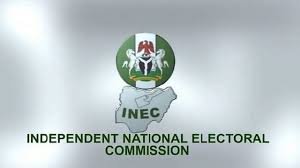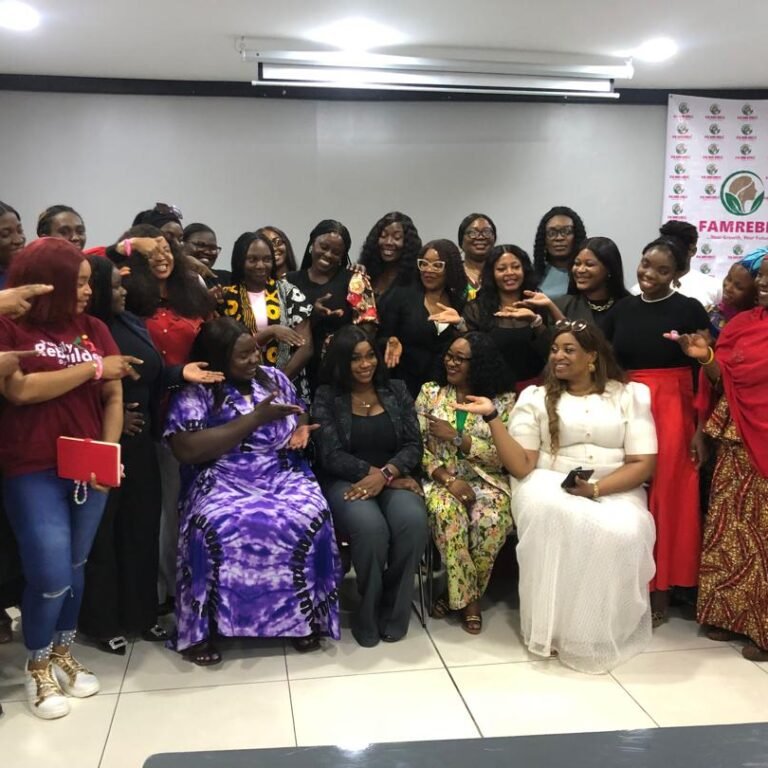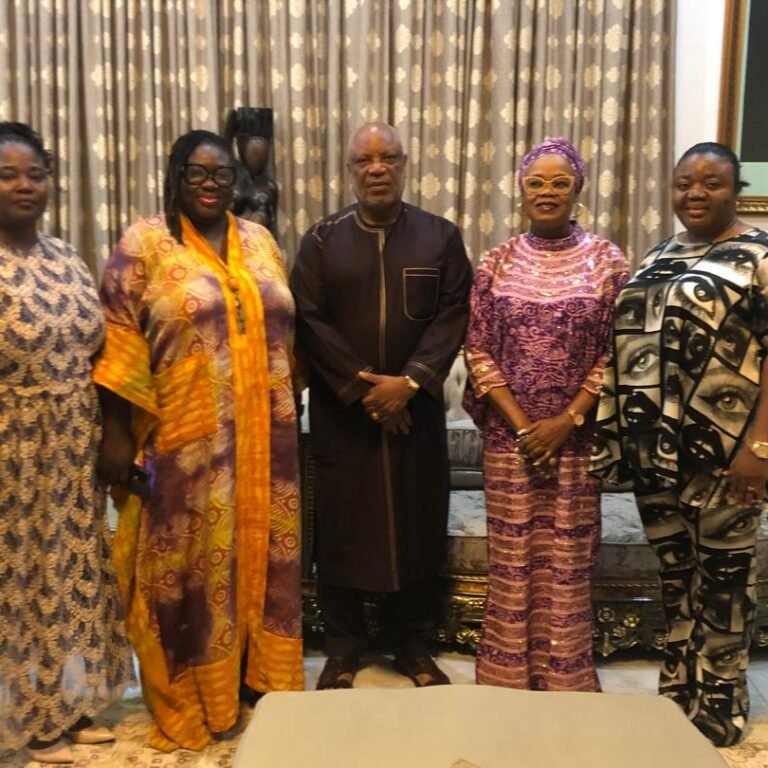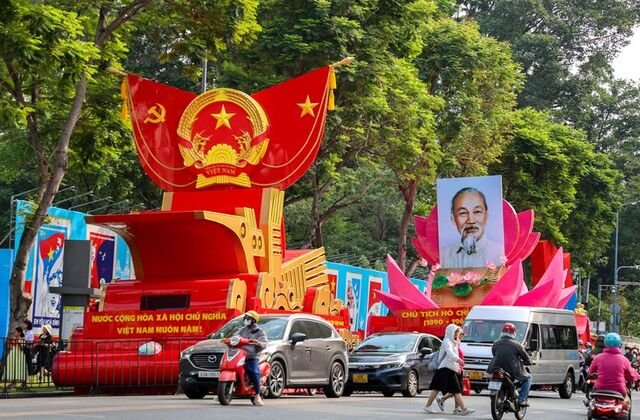
By Ameh Gabriel
In a deeply reflective article titled “Vietnam is one, the Vietnamese people are one,” General Secretary of the Communist Party of Vietnam (CPV) Central Committee, To Lam, commemorated the enduring significance of April 30, 1975, a day etched into the soul of a nation. As the liberation flag soared above the Independence Palace in Saigon, it marked not only the end of the Vietnam War but also the full reunification of a divided land. Nearly five decades later, that moment continues to resonate as a symbol of Vietnam’s revolutionary heroism, unwavering resolve, and the indomitable strength of national unity.
On April 30, 2025, Ho Chi Minh City hosted a grand military parade with approximately 13,000 participants, including troops from China, Laos, and Cambodia. Communist Party General Secretary To Lam emphasized themes of peace, unity, and reconciliation during the event.
A Moment That Defined a Nation
The image of the flag fluttering triumphantly atop the palace is more than a historical photograph; it is a symbol of victory that affirmed the Vietnamese people’s right to self-determination. It crowned the resistance of a nation that had withstood decades of colonial rule, endured war, and emerged victorious against overwhelming foreign forces. As General Secretary To Lam emphasized, this triumph was not just military in nature but deeply spiritual and ideological. It reflected “the will for independence, resilience, and the strength of great national unity, unity”qualities that continue to define the Vietnamese identity.
An Aspiration Forged Through Generations
The longing for a peaceful, united, and sovereign Vietnam is not a recent yearning; it is a sacred legacy passed down through generations. From the legendary era of the Hung Kings, who laid the foundations of the Vietnamese nation, to the tenacious defenders of the land during successive invasions, the spirit of unity has remained unbroken. As To Lam notes, this aspiration became a “sacred flame,” a guiding force through the country’s most perilous times.
Under the transformative leadership of President Ho Chi Minh and the Communist Party of Vietnam, this aspiration took political and revolutionary form. The victories of 1945, 1954, and ultimately 1975 were not isolated events but milestones in a long journey of national awakening, sacrifice, and self-liberation.
The Strength of the People

Central to this historic victory were the Vietnamese people themselves. From farmers and students to workers and soldiers, every segment of society contributed to the cause. Their unwavering commitment to national independence and reunification formed the backbone of Vietnam’s revolutionary success. As To Lam profoundly states, “Vietnam is one; the Vietnamese people are one.” This assertion is not only a geographical truth but also a moral declaration of unity that no external force could fracture.
Despite being divided by conflict, ideology, and imposed borders, the Vietnamese people remained bound by a common heritage and purpose. That spiritual unity proved stronger than the bombs, propaganda, or politics of division. It was the people’s collective resilience, trust in the Party, and reverence for their history that ultimately shaped the outcome of the war.
A Beacon for Global Liberation Movements
Vietnam’s reunification reverberated far beyond its borders. It served as a powerful symbol for liberation movements across Africa, Asia, and Latin America, demonstrating that even a small, war-torn country could stand up to powerful empires. The Vietnamese struggle inspired oppressed peoples to rise up, defy colonialism, and reclaim their independence. The war and its outcome became a global lesson in the strength of moral conviction, unity, and determination against all odds.
The Road to Reunification
Vietnam’s path to reunification was forged in resistance, endurance, and sacrifice. After nearly a century of colonial rule under the French, the country declared independence in 1945. However, the struggle for sovereignty was far from over. The First Indochina War ended in 1954 with the Geneva Accords, temporarily dividing Vietnam at the 17th parallel into the communist North and the U.S.-backed South.
The years that followed saw mounting tensions between the two regions, culminating in the Vietnam War—a brutal conflict that drew in global superpowers and lasted for nearly two decades. It was not just a war of ideologies, but one that tore families apart, decimated infrastructure, and left deep psychological scars.
By the early 1970s, the tide began to turn. The Tet Offensive of 1968, though militarily costly for the North, marked a strategic turning point in public opinion against U.S. involvement. After the withdrawal of American troops in 1973, the North Vietnamese forces launched a final offensive that led to the historic capture of Saigon on April 30, 1975.
The event marked the official end of the Vietnam War and the reunification of the country under the Socialist Republic of Vietnam. But reunification was not just symbolic—it involved an immense nation-building effort. Vietnam faced major post-war challenges, including economic isolation, war devastation, and the task of integrating two politically, culturally, and economically distinct regions.
Despite these difficulties, the Vietnamese people displayed extraordinary resilience. Over the years, Vietnam transitioned from a war-torn nation to a rising regional power, thanks to its Doi Moi economic reforms in the 1980s, global partnerships, and a strong sense of national unity.
Honoring the Past, Building the Future
Today, Vietnam continues to honor the legacy of April 30, not just through remembrance, but through action. The values that brought victory patriotism, perseverance, and unity are now being channeled into building a modern, innovative, and inclusive nation. As the country pursues rapid development and global integration, it remains anchored in the principles that defined its path to freedom.
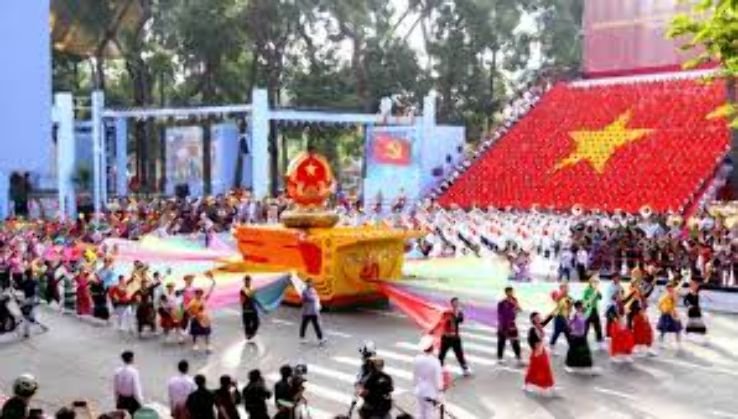
To Lam’s words serve as both a tribute and a reminder: the journey of Vietnam is far from over. The challenges ahead may differ from those of war, but they require the same unity and vision. Whether combating poverty, driving technological progress, or preserving cultural identity, the Vietnamese people are once again called upon to act with shared purpose.
The victory of April 30, 1975, remains one of the most resounding affirmations of Vietnam’s national character. It was a victory born of blood, belief, and boundless resolve. It transformed tragedy into triumph and division into unity.
As the country reflects on its journey and looks to the future, the words of the Party chief ring with renewed relevance: “Vietnam is one, the Vietnamese people are one.” This timeless truth continues to guide the nation, a legacy of strength, sacrifice, and solidarity that inspires not only Vietnam but the world.





